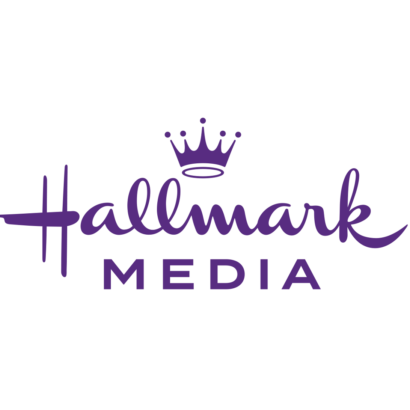All Hispanics are not alike.
As with any demographic group, consumers with Latino cultural backgrounds break into various sub-segments, each with special needs and wants.
According to a new study from Information Resources, Inc., this U.S. population of 45 million spends $34 billion annually on packaged goods. Yet marketers too often don’t sufficiently target niches within the group.
“Many manufacturers and retailers make the mistake of trying to do a mass marketing campaign to Hispanics, and frankly, it is not working,” says Staci Covkin, senior vice president, consumer and shopper insights group, for IRI. “It’s not just about taking your brand, slapping on Spanish language and hoping it will sell. It really is a group with various segments.”
Nearly one in six consumers is Hispanic. That ratio will rise to nearly one in five by 2025, according to IRI’s Times & Trends report, “Hispanic Consumers: Capturing CPG Market Potential.”
Why are Hispanics so critical for retailers and manufacturers? They spend 13% more on CPGs than non-Hispanics, reports IRI, which forecasts that by 2015 Hispanic spending will reach $52 billion.
According to Covkin, manufacturers are beginning to recognize the need to target lifestyles.
The research identifies differences within the Hispanic market compared to the general population — their shopping patterns and purchase behavior — and the marketing impact on Hispanic sub-segments.
One finding is that those who primarily speak Spanish and live in Hispanic communities are more likely than other groups (72%) to eat fruit and vegetables every day and look for package labels with the words “100% juice,” “fresh” and “real.”
Accordingly, Kellogg’s offers a $1-off downloadable coupon at www.HealthyBeginnings.com for fresh produce with the purchase of two Healthy Beginnings cereal products.
Kraft Foods is also responding to those needs. The company is kicking off a summer campaign to support the U.S. re-launch of new flavors for the Tang brand, a powdered beverage drink. The effort will include a mix of product sampling, print ads, radio spots and out-of-home marketing playing up seven new flavors, including mango, pineapple, strawberry and lemon.
Hispanics now living in the U.S. typically know the global brand from their home countries, notes Sivonne Davis, senior brand manager for Kraft’s Tang business.
“Relationships are critical to the success of any brand,” Davis says. “We make sure we have product offerings [and use] a ‘consumer first’ mentality to communicate in a way they are interested in.”
How can marketers influence buying habits?
Spanish-language media are critical. A recent IRI survey found that 70% read Spanish newspapers or magazines at least one hour per week, and 83% watch Spanish language TV at least one hour per day. Only 20% of English-speaking Hispanics use Spanish-language media.
Retailers looking to attract shoppers must learn what Hispanic consumers expect. For instance, 23% of Spanish-only speaking people prefer stores with bilingual signs over 7% of English-speaking Hispanics. Among non-English speakers, 55% look for products from their home country versus 16% of those who speak English.
Hispanics tend to favor club stores over other retail channels, largely for the volume discounts. Wal-Mart caters to Hispanics with marketing and merchandising campaigns tied to Three Kings Day (Día de los Reyes) celebrated 12 days after Christmas.
IRI recommends retailers keep in mind that Hispanic consumers gravitate toward food products that offer health benefits, such as low sugar or high fiber.
For more articles on retail marketing go to www.promomagazine.com/retail
 Network
Network

